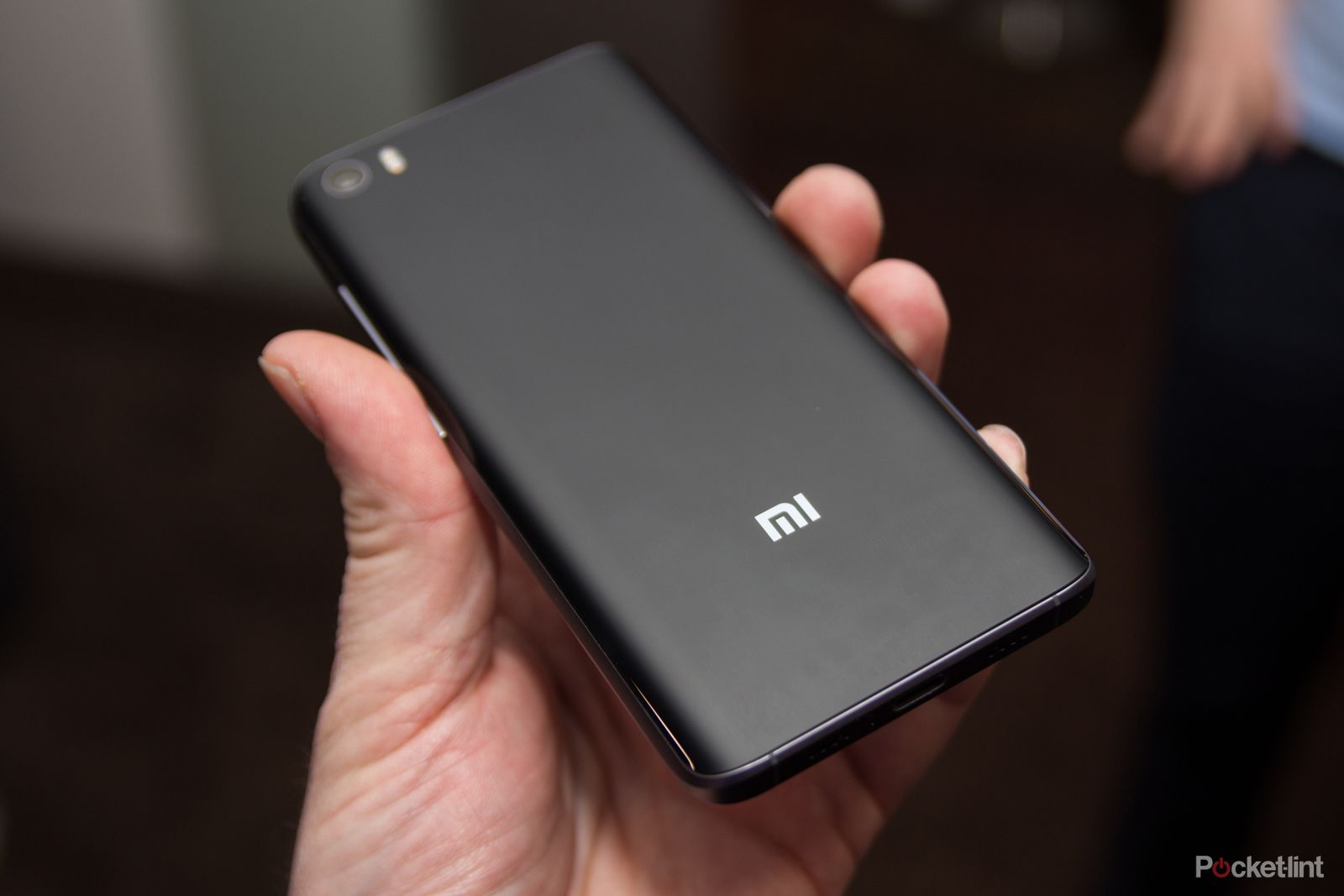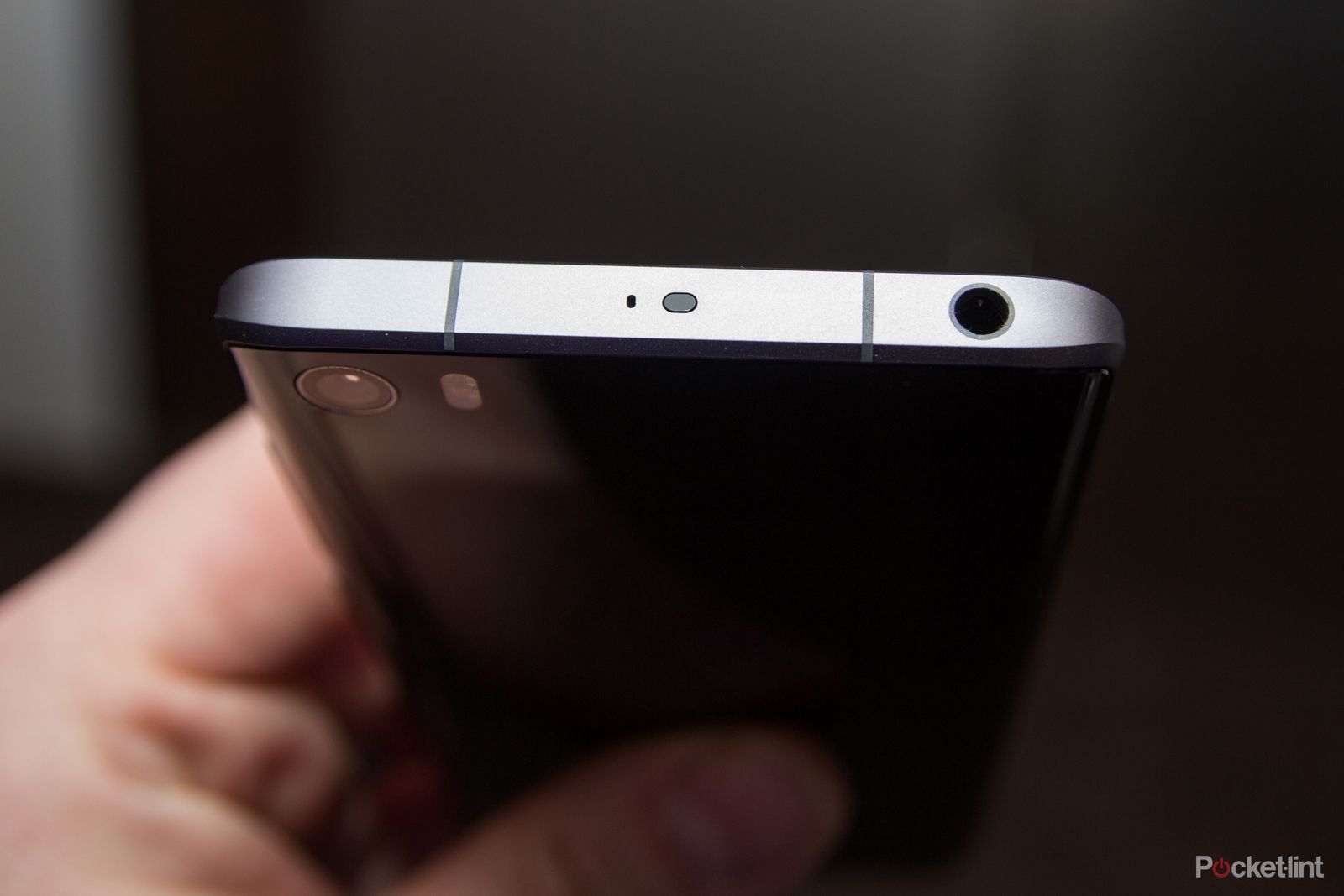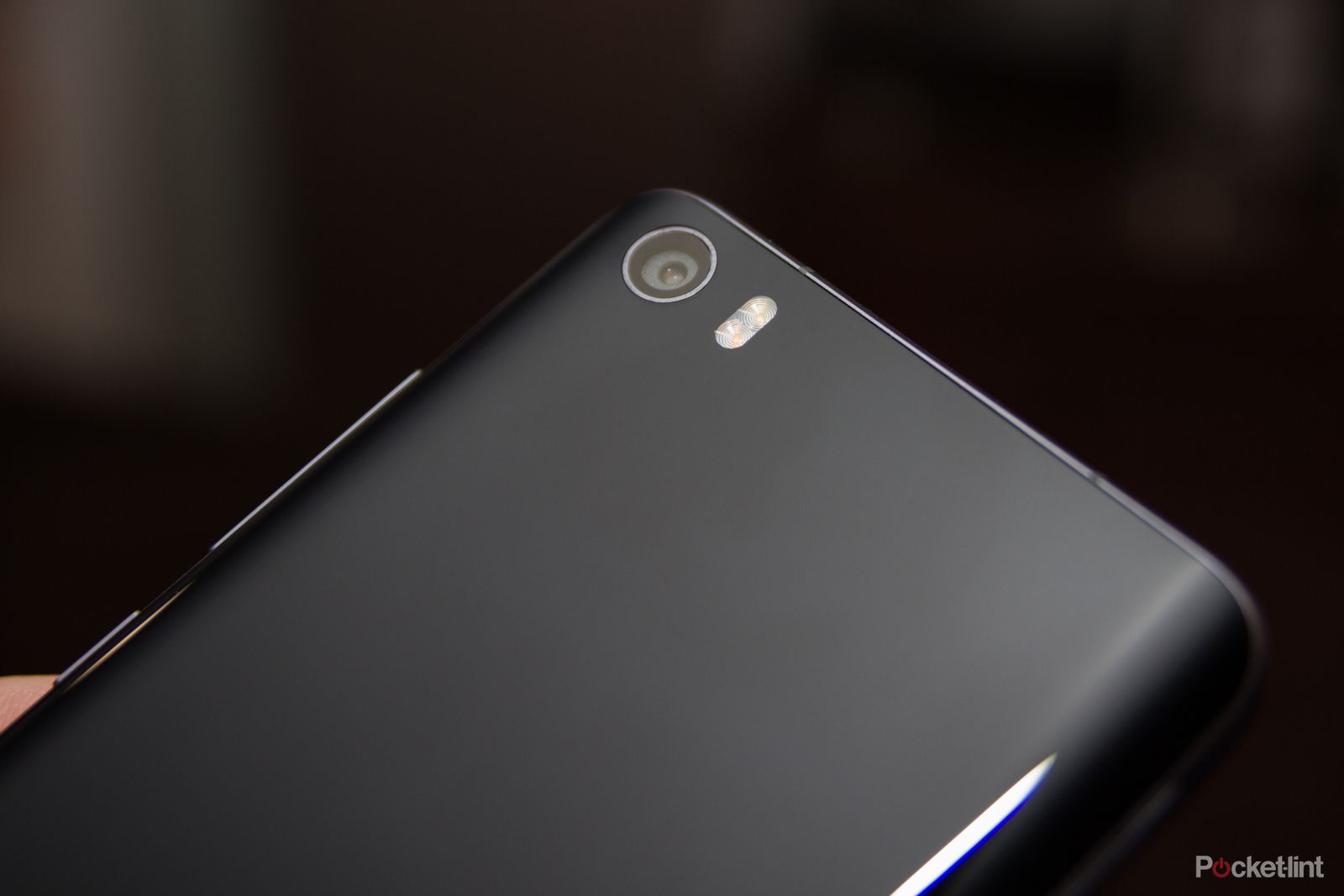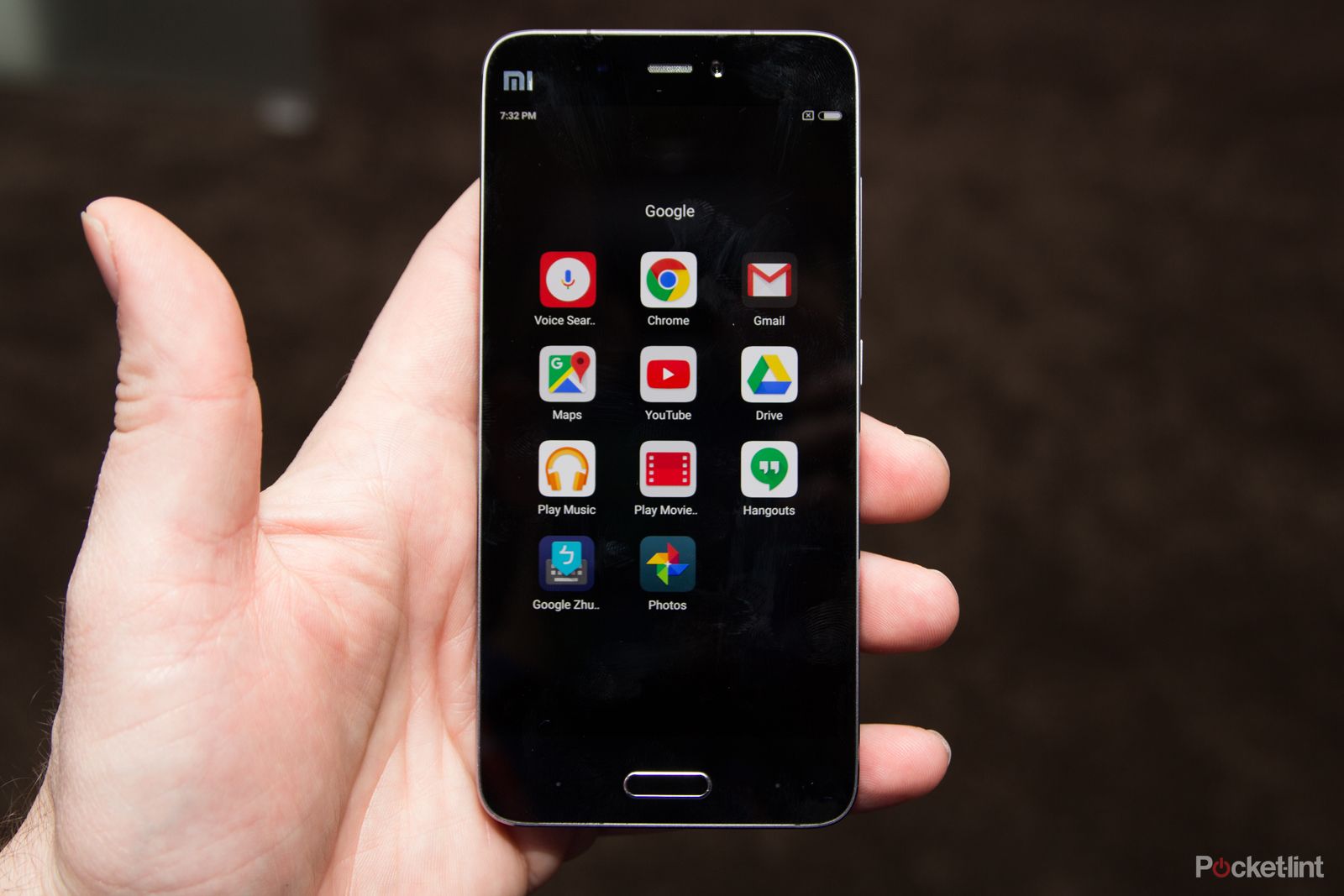If you're into smartphones, then the name Xiaomi will be one you recognise. Enjoying huge successes in the China, Hugo Barra, VP of international at Xiaomi claimed that the company sat in the top spot for smartphone sales in China, and number 5 globally.
Our quick take
The Xiaomi Mi 5 Pro feels like a handset to match many of the other devices we've seen launch recently. With a release date planned for 1 March for the Chinese market, it will then be launching in India with more territories planned for the future. We're yet to see exactly what that means, or exactly how much it might cost, but we're looking at around £300 for a flagship spec handset, half the price of mainstream rivals.
But perhaps more importantly, Xiaomi's launch of this handset at Mobile World Congress feels like a statement of intent. It's a handset and a company that's calling for international attention in a way that it hasn't really done before.
And the Xiaomi Mi 5 is a lovely handset. Like the devices we've seen from OnePlus, there's the sense that this is going to be handset that gets plenty of fan attention and with a price that undercuts its established rivals by a considerable margin, we're sure demand will be high.
This handset is firmly in the spotlight at Mobile World Congress 2016, when and if it will make an appearance in the UK, Europe or US, remains to be seen.
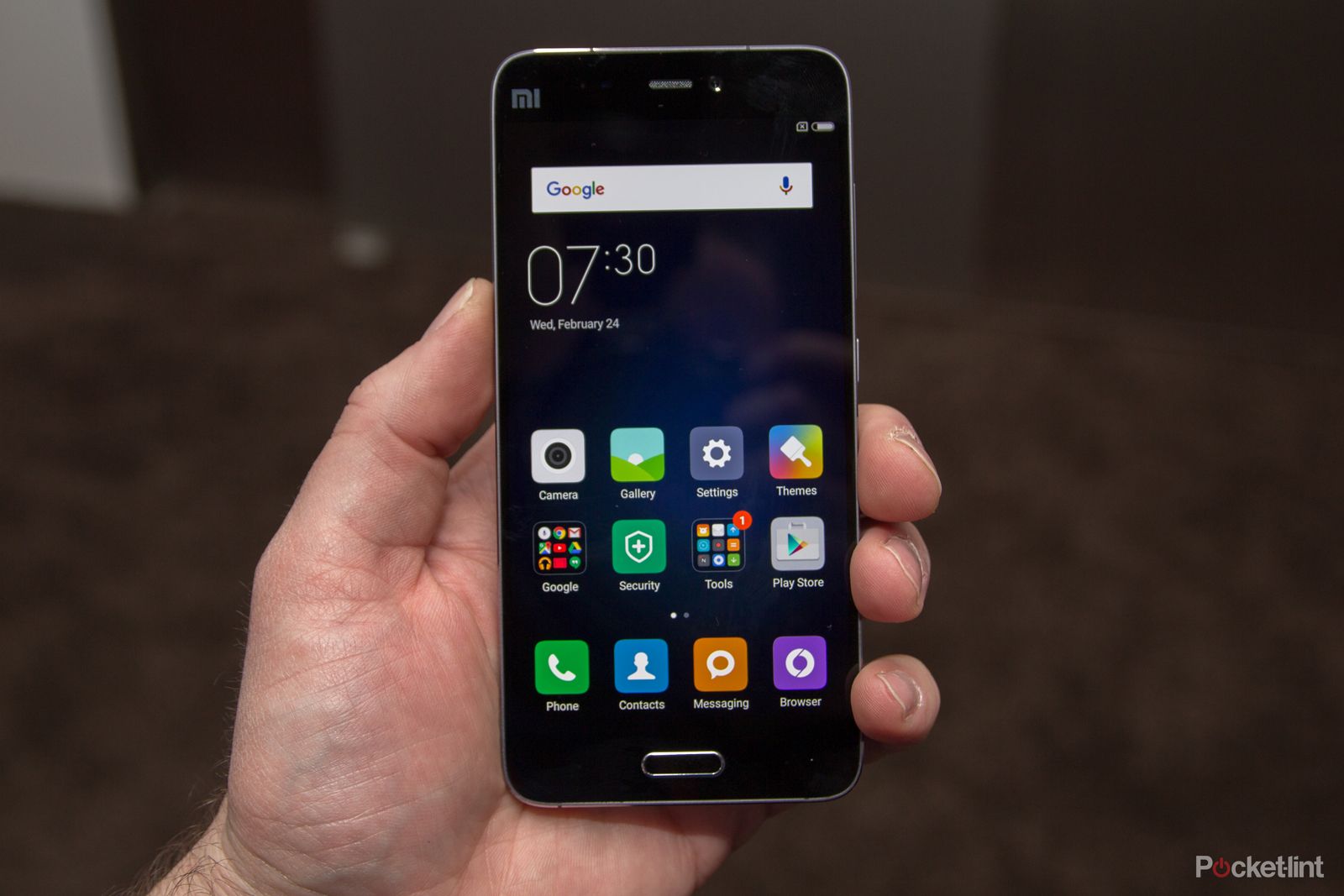
Xiaomi Mi 5 Pro
| FOR | AGAINST |
|---|---|
|
|
|
The launch of the Mi 5 was an occasion of importance for the company. Not only does the Xiaomi have a new flagship handset, but it was launched on an international stage, in front of an international audience, at an international trade show: a first for the company.
Xiaomi has been enjoying successes with many of its products, sold directly through its own channels rather than via retailers, and it appears to have ambitions to push its Chinese smartphone success in front of a global audience.
With Hugo Barra on stage to introduce the new handset, the company has a strong spokesman. Barra, formerly of Google, so deeply ingrained in all things Android, introduced the new 5.5-inch handset, saying it was insanely fast.
We got our hands on the new Xiaomi Mi 5 Pro briefly following launch and we have to say we agree.
Xiaomi Mi 5 design
The Xiaomi Mi 5 offers a premium design, with the company pushing materials and quality in the same way as Samsung or HTC does. Mentioning Samsung, there's more than just a passing resemblance to Samsung's new flagship, the Galaxy S7.
The Xiaomi Mi 5 has a metal core with a 3D glass or ceramic rear, resulting in a wonderfully slick finish. The small details like the chamfering on the edging and the curve of those back edges, results in a phone that looks good and feels great in the hand.
Around the front there's a physical home button flanked with capacitive controls, again very much in the style of Samsung. This home button also features a fingerprint scanner.
The phone will come in three colours - black, white and gold - and it measures 69.2 x 144.55 x 7.25mm and weighs in at 129g, which is impressively light, even with a glass back. The regular Mi 5 has that glass back, the Pro switches up to ceramic, which is what you're looking at here.
There are two different finishes to the Xiaomi Mi 5. The standard model uses a 3D glass back cover, while the Mi 5 Pro seen here switches to ceramic. We've seen this material used before by OnePlus and the result is very much the same here: it loves fingerprints, so you'll be wiping it clean frequently, but it's designed to be resilient to scratches, something that will keep the Pro model looking sharp much longer than the standard edition.
If we had to pull out one thing that we don't really like, then we're not completely sold on the sharpness of that leading edge. It meets the display glass with a rather sharp finish and we can't help feeling that it's always going to be picking up lint in your pocket, and again, need wiping clean.
Xiaomi Mi 5 Pro hardware and specs
There's a 5.15-inch display on the front of the Mi 5 offering a 1920 x 1080 pixel resolution, 427ppi. Some might be perturbed by the lack of a higher Quad HD resolution. At this size it doesn't make a huge difference, unless you plan to slip it into a VR headset, in which case the experience would be better with a higher resolution.
From our time with the Xiaomi Mi 5 Pro, which was a pre-production unit and not running final software, the display looked to be good quality with plenty of vibrancy and punch.
But most of the interest in this phone - and a subject of much discussion at the launch - is the Qualcomm Snapdragon 820 chipset that powers it. That's the latest chipset that's also appeared in the LG G5 and some versions of the Samsung Galaxy S7 at MWC. This hardware is backed by 4GB of RAM on this Pro version of the handset and 128GB of internal storage.
Regular models will get 32 or 64GB of storage with 3GB of RAM, and there's no microSD card slot for expansion.
Everything is powered by a 3000mAh battery, which is pretty capacious for a device of this size. Thanks to the Snapdragon 820, it also benefits from Quick Charge 3.0, so you'll be able to power it up in no time at all.
Xiaomi Mi 5 Pro Camera
The camera on the rear of the handset sits flush to the back, for a great seamless finish. It's rocking a 16-megapixel Sony sensor and is accompanied by a dual-tone flash. Xiaomi is making some great claims about the camera's potency. It offers optical image stabilisation for starters, but also features phase detection autofocus. From what we saw, focusing is snappy and precise.
Of course we weren't able to test the quality of the results, but some of the samples shown off by Xiaomi have looked mighty impressive. It will also capture 4K video.
There's a 4-megapixel camera on the front for all your selfies.
Xiaomi Mi 5 Pro software
The Mi 5 Pro runs MIUI, the company's own UI that's built on Android 6.0 Marshmallow in this handset. Much in the same way as OnePlus, this is a UI that's designed around giving you plenty of freedom to change things around.
We didn't have the chance to fully explore what it has to offer, but from a basic standpoint, it's easy enough to get around and find everything, as the general layout is the same as Android.
It's also a UI that's designed to update regularly, with Hugo Barra referring to it as a living UI. We found things to be slick and fast to navigate, even though it wasn't final software. This is a UI that's about personalisation and performance.

